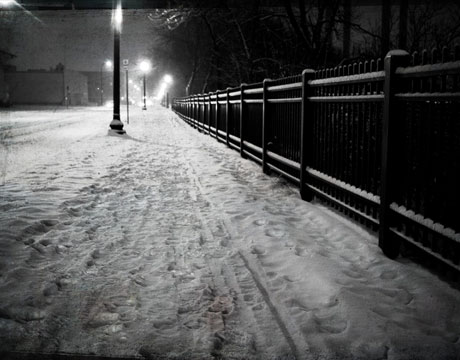I Love You: An Interview with Dominique Ovalle
An interview with California artist Dominique Ovalle on painting, beauty, murals, cockroaches in Palau, and a reality behind life as an artist.
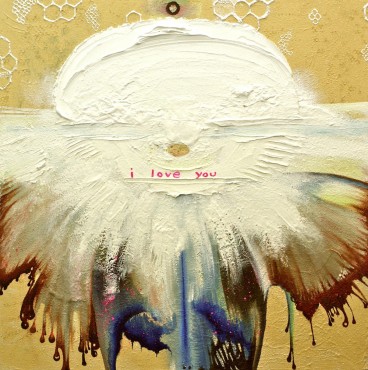
An interview with California artist Dominique Ovalle on painting, beauty, murals, cockroaches in Palau, and a reality behind life as an artist.

Laura Brown strings together snippets of memory from the “ragtag communities” that have taught her how to stitch her own “book of common prayers.”
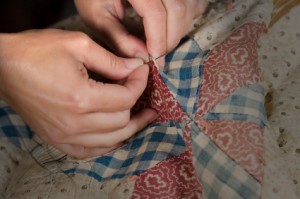
In “For Hannah,” Robert Vander Lugt tries to narrate the experience of watching a child cling to life in a hospital bed and encounters difficulty in the motions and effects of prayer, in how to tell such a story in the first place.
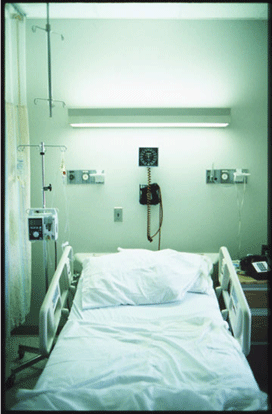
I prayed better when the children were small, when we spread out the crayons in the center of the dining table and crafted leaf rubbings. When we modeled shapes from colored beeswax, and I’d find miniature wax cats and roses tucked in between the books on the shelves. When the children pushed little trains on […]
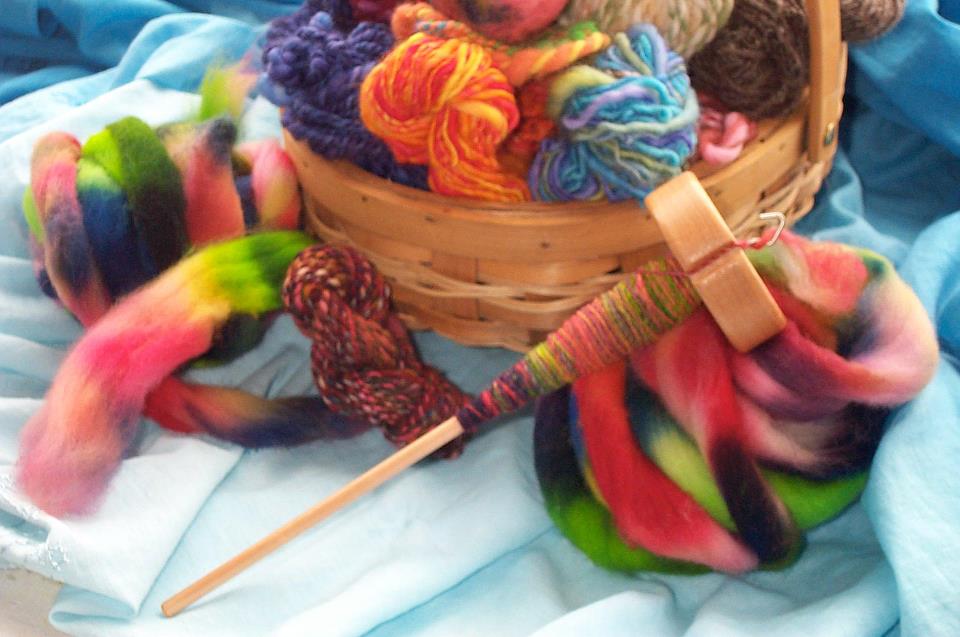
This review examines Crystal Downing’s Changing Signs of Truth, which successfully applies semiotics, an often arcane and inaccessible academic discipline, to the practical theological task of understanding the relationship between Christian faith and culture.
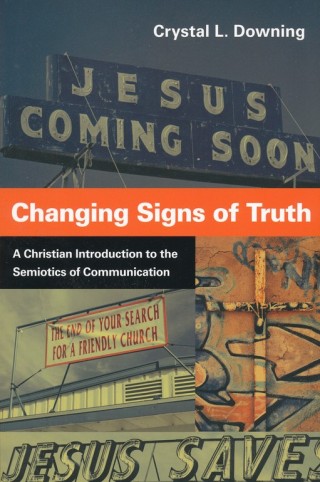
In “Manifestation,” the poet Tania Runyan encounters prayer as something that hooks her “like a dendrite branch,” its movements slow, deliberate, and intimate.
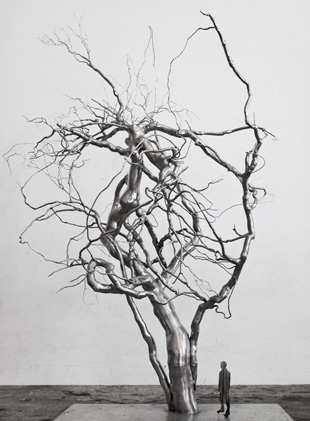
A reflection comparing word-based spiritual practices to embodied ones such as yoga.
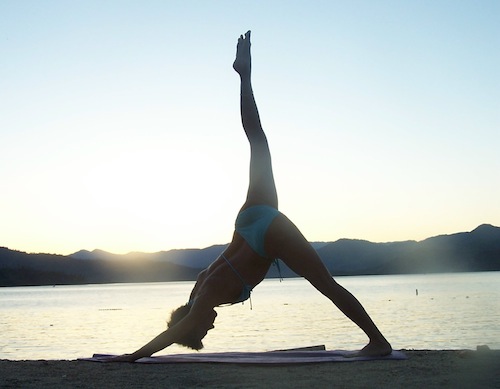
“She could no longer hold her flesh together,” observes Tania Runyan in her description of a bronzed statue of a woman carrying “the heft of the commandments,” her mouth open in a silent, graven prayer.
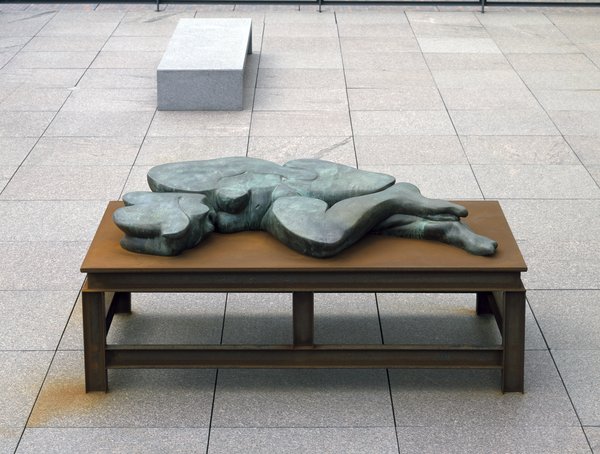
In “Tiniest Prayer,” the poet Nicholas Samaras recognizes the motion of prayer as one that humbles, that moves one “out of the center” and into the will of God.
